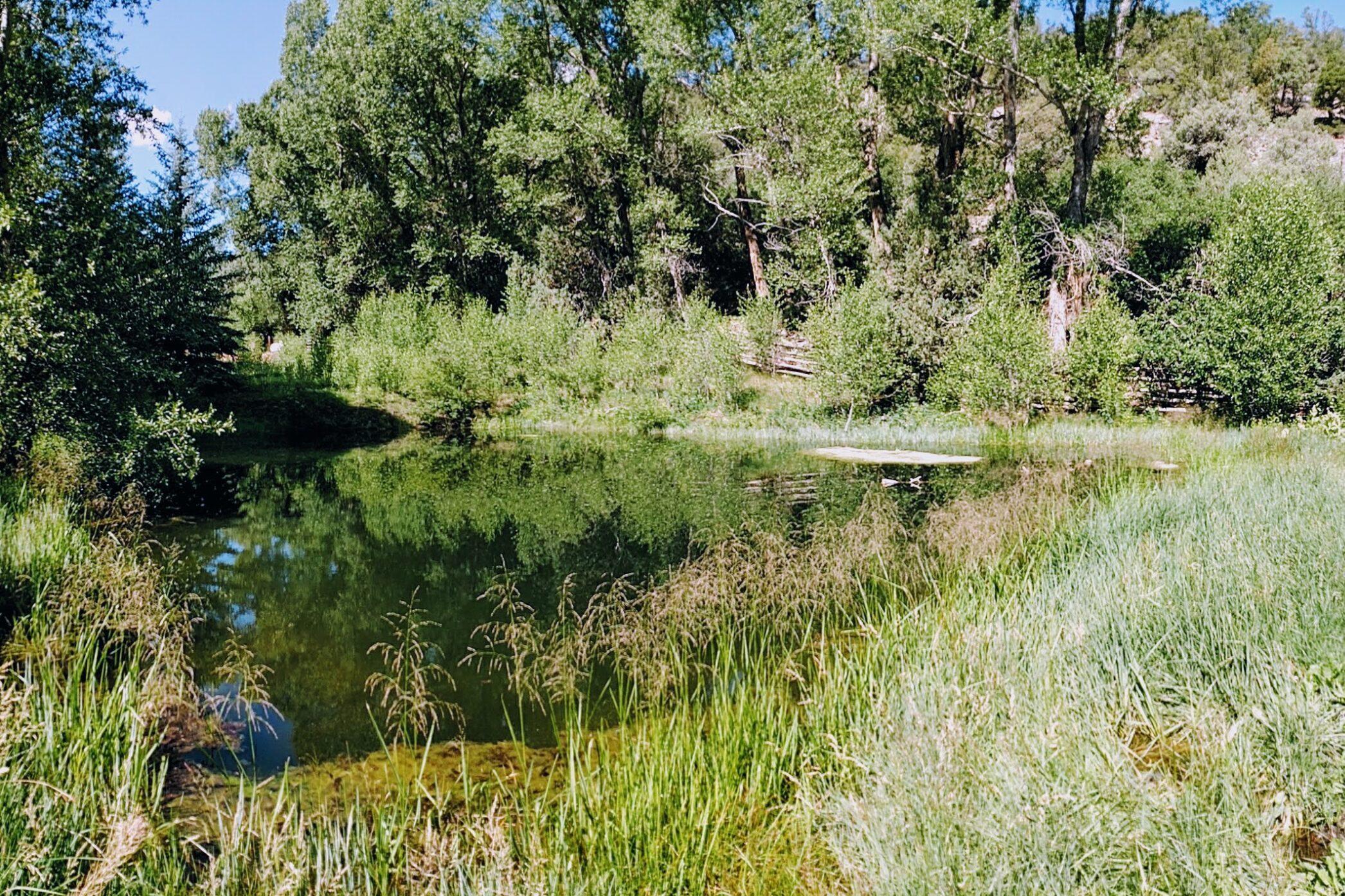
The state is evaluating more than 10,000 ponds in the Arkansas River basin to determine if they’re legal.
According to the Colorado Division of Water Resources, many were constructed without water rights or permits.
Bill Tyner is Colorado’s division engineer for the Arkansas River. He said the basin is heavily over-appropriated and it's possible that a one-acre pond could lose as much as a million gallons of water to evaporation each year. That could mean downstream water rights holders aren’t able to get the water they’re legally entitled to.
“The drought years that we've had in the last couple of decades have just really made that even worse,” Tyner said. “So it kind of highlights for us the significant problem that that number of ponds can create.”
He said Colorado senior water rights holders have registered complaints. The state is also trying to avoid violations to the 1949 compact created to settle disputes with Kansas over control and usage of water from the Arkansas River.
“We have learned that it's way more cost-effective for the citizens of Colorado if we're on top of a situation that could be a compact compliance problem and working to fix it,” Tyner said. “This pond management program we're on now is a more systematic, thorough and fair approach to try to resolve the problem.”
- Potential Arkansas River Dam Safety Project In Pueblo Could Create Better Recreation
- Shade Structures, Pedestrian Bridges And Other Improvements To Pueblo’s Arkansas River Are Underway
- With A Splash Of Paint, Pueblo’s Arkansas Levee Mural Is Born Again
- The Arkansas River’s New Channels For Humans And Fish Alike Are Working Swimmingly
The Colorado Division of Water Resources combined satellite and aerial imagery with water records to identify ponds. Tyner said they are distributed pretty broadly throughout the basin, but the agency will initially target ponds along the main stem of the river that could immediately have an impact on senior water rights and compliance with the Compact.
Later they’ll review the major tributary streams, like Fountain Creek that flows from Woodland Park through El Paso County to Pueblo, and the Saint Charles River, which starts in the Wet Mountains and meets up with the Arkansas River east of Pueblo.
Letters have gone to a few hundred property owners so far. Local water commissioners will help them assess their options, which range from purchasing replacement water rights to removal.
“I can't see that there would be enough replacement water to make it practical for the majority of the pond owners to be able to keep their ponds,” Tyner said. “I think unfortunately, there will be a fair number of ponds that will just have to be eliminated.”
Tyner said many ponds were created for aesthetic purposes and the majority in question are about an acre in size. Although they are small, he said the sheer number of them has a problematic cumulative effect.









